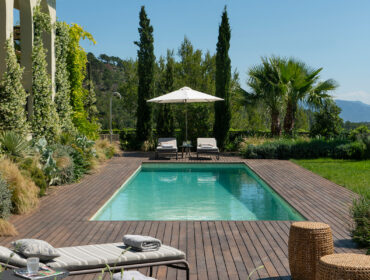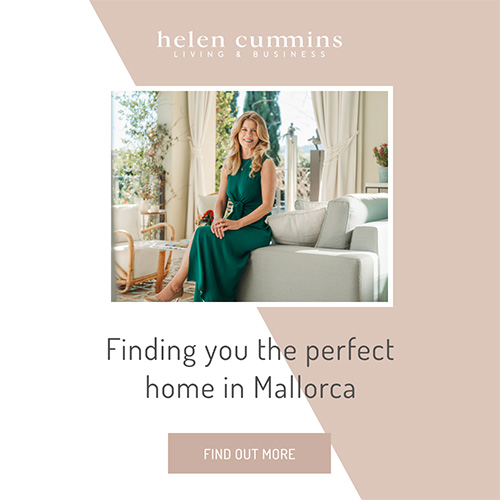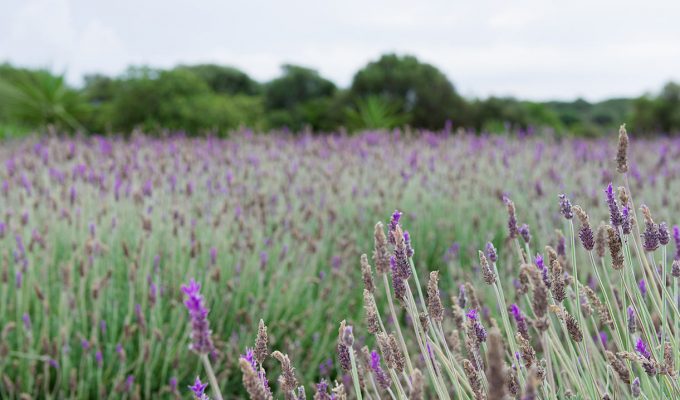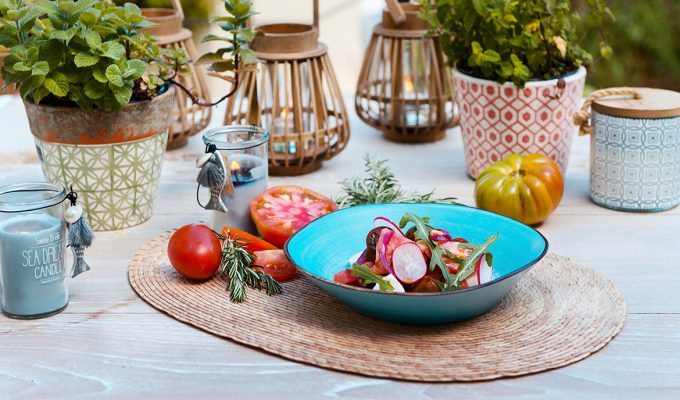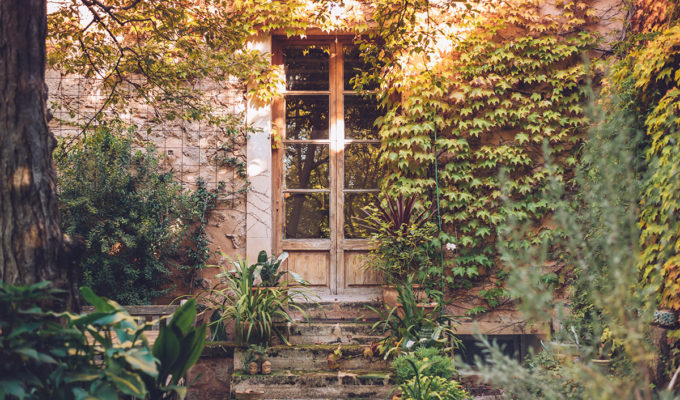
Stretching from the Rock of Gibraltar to the beaches of Beirut, the Mediterranean Sea itself traces a vast circumference of land and over 20 countries – each as different as the next. And like there is no one specific European identity, it is even harder to define what it means to be Mediterranean. However, like Europe, there is a thread that runs between all Mediterranean nations, stemming from the diverse yet interconnected and overlapping histories, cultures, and languages they share.
Mallorca is a strong cross-over of many European traits, since it was invaded by other countries in the past who brought their own distinct Mediterranean traditions. Since the 1950s, the island has become a major holiday destination in Europe, which has also led to people from places like Italy, France and Portugal choosing to settle home here. In doing so, they have started their businesses like French bakeries and Italian restaurants, adding further Mediterranean influence on Mallorca,
Mediterranean eating
While similarities found through the Mediterranean are not always obvious on first glance, the closer you look the more you find. And the obvious place to start would be our eating habits, or the famous Mediterranean diet. More northerly Europeans have been repeatedly told that for a longer, healthier life they should adopt a diet closer to their southern cousins. But what is it?
American physiologist Ancel Keys first defined the Mediterranean diet in the sixties as one low in saturated fat and high in vegetable oils, as observed in southern Italy and Greece. But this is only half of the story. Geography and climate obviously play a huge part in what grows and therefore what forms the foundation of any country’s diet. And much of the Mediterranean excels in crops rich in fruit and vegetables – getting your five-a-day is lot easier when it’s growing all around you!
The ‘Mediterranean’ is ‘the sea between lands’, which refers to the region as defined by its border with the sea. This coastal geography has also led to an emphasis on fishing and seafood as a source of protein over red meat, over-consumption of which has long been considered detrimental to health.
But probably the biggest hero of the Med Diet story is the region’s famous ‘liquid gold’ – or olive oil. Produced for thousands of years around the Mediterranean, this super-healthy product is the oil of choice for and consumed daily by the majority of Mediterraneans.
Before the advent of industrial farming and our vast global food transportation network, everyone had to follow a diet of locally-sourced, organic products! And with the Mediterranean long privileged to producing some of the healthiest food on the planet, the diet of its inhabitants has become lauded as one we should all aim to follow.
Mediterranean outdoors
But while food plays an enormous role in defining Mediterranean lifestyle, the manner in which it is eaten is also hugely important. Again the region has its temperate climate to thank for another cornerstone of its way of life – an emphasis on outdoor living. While you won’t find the term ‘al fresco’ used in Italy (it’s actually slang for being in prison) eating outside is largely considered the norm throughout most of the Mediterranean; weather permitting – and it usually does!
When you think of the Mediterranean dining experience, do you not imagine a balmy evening in the open air, a long table strewn with delicious and healthy dishes made for sharing with family and friends? And completing the picture is another Mediterranean staple with as deep roots as any of its culinary tradition, and for many a key ingredient: wine. While experts are still at odds as to the health benefits, most agree a glass or two of wine likely does more good than harm – and is undeniably one of life’s genuine pleasures.
And it’s not just eating outside that forms a large part of the Mediterranean lifestyle. Spending time – socialising, strolling, even just sitting – in the open air is another fundamental element of this way of life. For example, the paseo is a Spanish institution, when residents take a leisurely early evening walk (when the midday heat has mellowed) to meet up on shady plazas and catch up with the latest news and gossip.
The unique Mediterranean geography too plays a large part in outdoor living. One word: Beaches. It is certainly no secret that this part of the planet boasts thousands of kilometres of sandy coastline, from vast sweeping bays to secluded coves, drawing a summer exodus of millions of both natives and foreign visitors. All that coast also means the option of watersports and boating is never far away. But the Mediterranean is certainly not short of mountainous terrain too, offering a wide range of outdoor activities from hiking to cycling to camping to climbing…
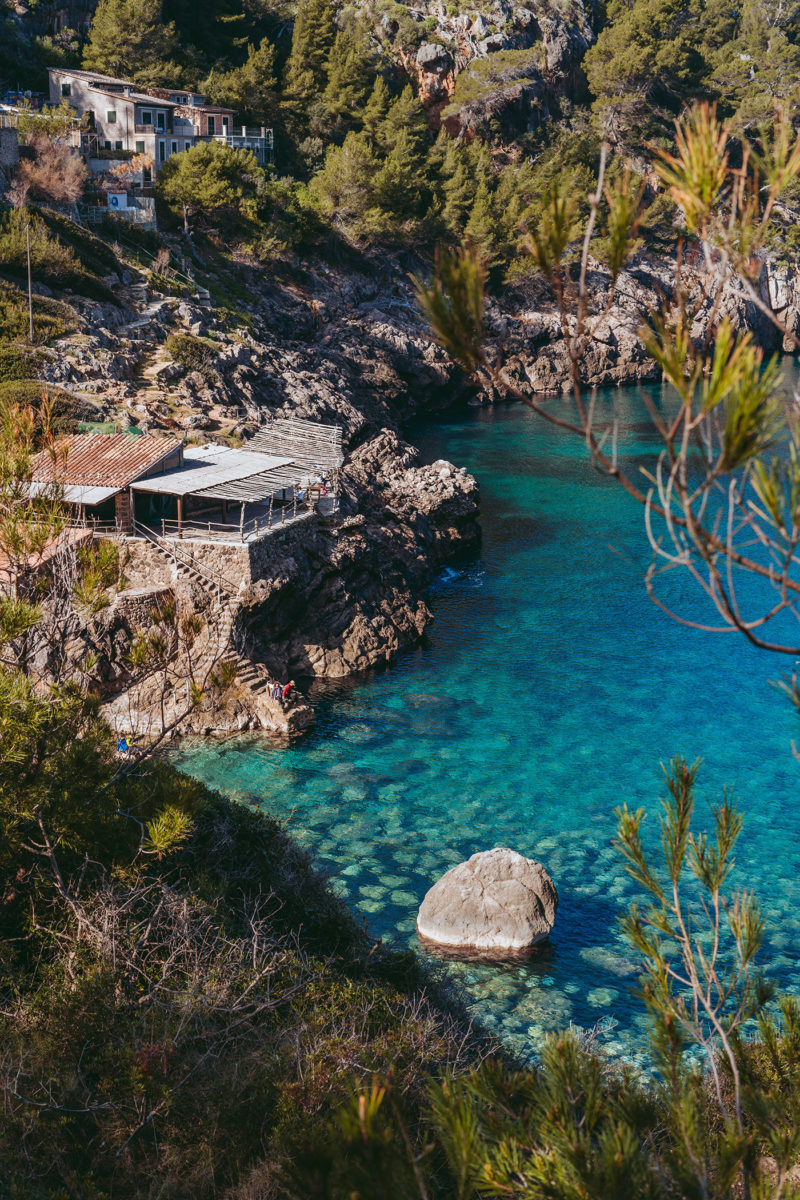
The artistic Mediterranean
While the creation of art is a universal human pursuit, the countries bordering the Mediterranean Sea can claim some of the world’s finest artists. So it stands to reason that art has become deeply ingrained on the canvas of Mediterranean living. But it’s not just homegrown talent that produce the rich variety of art, but a multitude of artist from elsewhere who have been, and still are, drawn to the wonderful light and inspired by the stunning landscapes so many Mediterranean countries offer.
You often find communities of artist springing up in countries – and particularly islands – around the Mediterranean, attracted to like-minded souls and the more relaxed and easy-going environment that allow for greater creativity and sharing of ideas. And artists seeking inspiration under Mediterranean firmament don’t just come from the visual arts, with a role call of writers and musicians choosing to make their home in the Mediterranean.
Mediterranean inspiration
What we choose to surround ourselves with expresses a large part of our character and our lives. And with its associations with sun-soaked days under azure skies, or earthy rustic escapism, people from all over the world have long looked to the Mediterranean for inspiration when decorating their homes. But some will be drawn to the styling of an Iberian finca with terracotta tiling and chunky wood; others the charming white-cobalt blue and rounded plaster of a Greek cottage; some the dizzying geometry of arabesque hydraulic tiles; others the cool minimalism of the whitewashed Ibizan villa.
Ultimately, the Mediterranean offers a broad enough palette of decorative variety to appeal to a wide spectrum of tastes. And the same can be said too of the Mediterranean lifestyle in general. While difficult to define collectively, you can draw from its rich cornucopia of flavours, customs, aesthetics, and influences, to craft the Mediterranean lifestyle that best suits, complements, and defines your unique personality.
The Meaning of Mediterranean Living
The Spanish dream home goes well beyond its inner four walls. Gardens, patios, terraces and balconies give an extra dimension to your new life in the sun.




